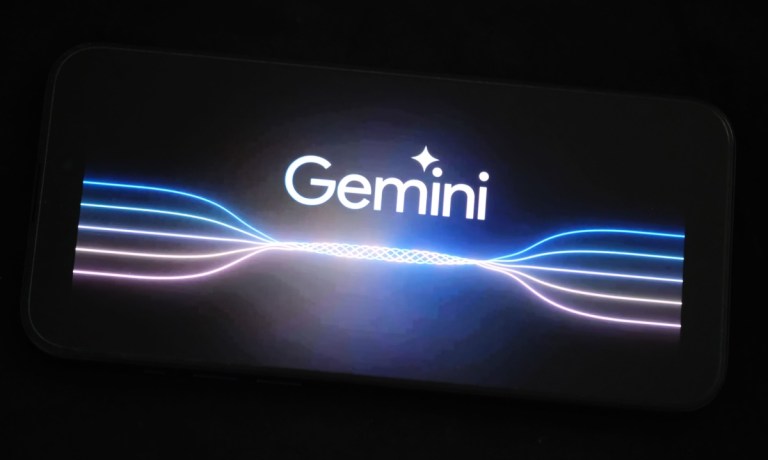
Technology giants are racing to develop sophisticated, multilingual artificial intelligence (AI) chatbots for cross-border eCommerce and could reshape how businesses engage with international customers.
Google’s recent expansion of its Gemini AI in India exemplifies the industry’s focus on multilingual capabilities. It’s one of many companies trying to allow chatbots to communicate in different languages.
“Multilingual AI chatbots hold significant potential for SMBs looking to expand into international markets,” Tim Peters, CMO of Enghouse Systems, told PYMNTS. “By providing real-time, accurate translations, these chatbots can help businesses overcome language barriers, making it easier to connect with customers globally.”
Google’s AI assistant, Gemini, has expanded its reach in India by launching a mobile app and multilingual support for nine Indian languages. The move, catering to the country’s mobile-first culture, allows users to interact with Gemini through text, voice or images. The enhanced Gemini Advanced features capabilities like document uploads and data analysis, enabling users to summarize lengthy documents and analyze complex datasets.
Gemini is one of many multilingual chatbots that are under development. The OpenBuddy project has launched a multilingual chatbot aimed at global users. Built on established models like Falcon and LLaMA, OpenBuddy offers a range of AI assistants, from 3 billion to 70 billion parameters, capable of conversing in multiple languages, including English, Chinese and several European and Asian languages. The project emphasizes offline capability and device-level operation and is freely available on popular AI platforms such as HuggingFace and ModelScope.
Cohere recently introduced Aya 23, a new set of multilingual large language models (LLMs) available in 23 languages. Developed by its nonprofit division, Cohere for AI, Aya 23 comes in two versions — 8 billion and 35 billion parameters — and is designed to democratize AI by supporting diverse languages and communities.
These models outperform others in tasks like summarization and translation and are more accessible to developers thanks to their open weights. Aya 23 represents a shift toward inclusivity in multilingual AI, offering broader language support and better performance across various natural language tasks.
Such multilingual chatbots could allow businesses to engage with customers in their native languages, breaking down communication barriers that have traditionally limited market expansion, Philip Alves, founder and CEO of DevSquad, a software development company, told PYMNTS.
“By providing 24/7 multilingual support, SMBs can enhance their global presence without the need for large, multilingual teams,” he said.
While the potential benefits are substantial, experts caution about AI’s limitations in nuanced communication. Peters said, “While AI-powered translation can be effective for general communication, there are inherent challenges in using these tools for sensitive business negotiations or complex customer service interactions.” To ensure accuracy and cultural sensitivity, he suggested businesses consider involving human translators or customer service representatives in critical conversations.
Alves elaborated on these concerns: “For me, the biggest concern is the nuance and cultural context that AI may not fully grasp. Misinterpretations in these contexts could lead to misunderstandings or even damage business relationships.” This highlights the need for businesses to develop strategies that combine AI efficiency with human expertise, especially in high-stakes scenarios.
As multilingual AI chatbots continue to evolve, they promise to lower entry barriers for businesses venturing into international markets. However, as these industry experts suggest, success in global eCommerce will likely depend on a balanced approach that leverages AI’s efficiency while preserving the irreplaceable elements of human communication and cultural understanding.
The job market impact of this technology is also a subject of debate. Alves suggested a shift rather than a wholesale replacement: “While chatbots may handle routine inquiries and transactions, there will still be a demand for human translators and customer service reps, particularly for more complex or sensitive interactions.”
Peters added that there may be “an increased demand for higher-skilled roles that involve training, managing and refining these AI systems,” pointing to potential new career opportunities in the AI-augmented workforce.
For all PYMNTS AI coverage, subscribe to the daily AI Newsletter.